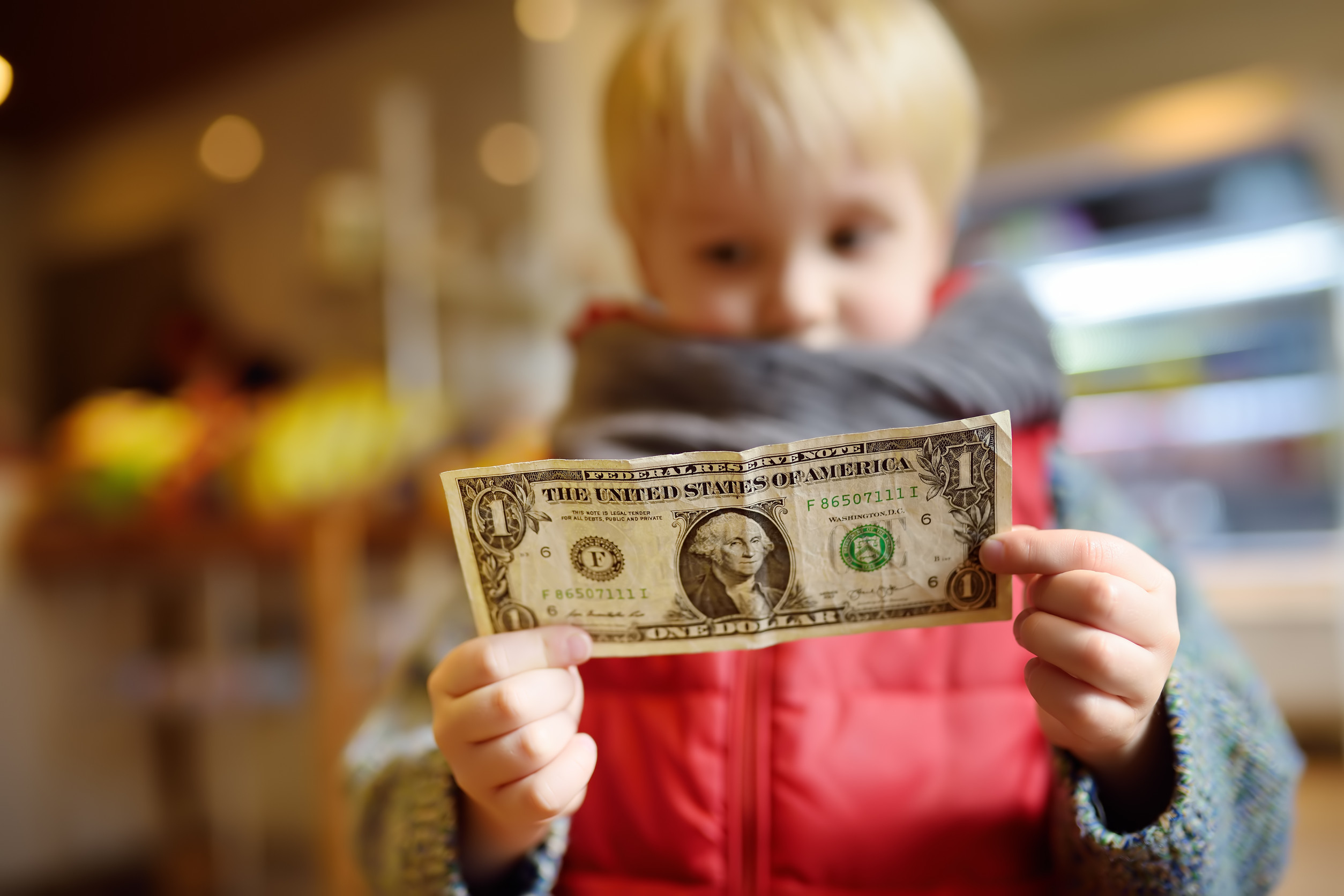
Imagine you walk into a dollar store expecting deals—and walk out wondering, “Did I actually save money or just buy less?” The perception of low prices can make it feel like dollar store value is unbeatable. But when packages shrink, quality drops, and unit costs climb, that perceived bargain may be nothing more than an illusion. Understanding common pitfalls—like shrinkflation, disguised price hikes, and limited variety—helps reveal whether you’re getting real value or just less product for the same money. Before your next shopping trip, here are some things to consider.
Shrinkflation Shrinks the Savings
One key reason dollar store value can feel less than promised is shrinkflation—products sold in smaller packages but at nearly the same price. That means you’re paying more per ounce even if the sticker says just $1.25. In many cases, customers report that the equivalent amount at a budget grocer costs less when measured by weight. Recent coverage highlights that dollar stores are among the worst offenders for stealth shrinkage. Understanding how shrinkflation works is critical to knowing if you’re truly getting a bargain—or just getting less.
Unit Price Often Higher Than Supermarkets
Even when items seem cheap, unit price comparisons usually reveal that dollar stores charge more per ounce. Reddit users report items costing “up to 50% more per ounce” than at Walmart or Aldi despite smaller packaging. That means you may actually pay higher overall to get less product. Most big-box grocers display unit prices clearly, while dollar stores rarely do. If you don’t do the math, dollar store value becomes a mirage.
Prices Are No Longer Just $1
What was once a dollar might now be $1.25, $1.50, or even up to $7—especially at Dollar Tree Plus sections. Base price increases and expanded higher-price tiers have quietly eroded the brand’s original low-cost promise. That means a formerly economical purchase may now cost more per ounce or per item than at discount chains. Customers report seeing red stickers in stores indicating the shift in prices. These changes challenge the core perception of dollar store value based on a fixed unit price.
Lower Quality or One-Off Purchases Add Up
Dollar stores often stock lesser-known brands or specially manufactured small-batch products—not the same sizes or resistance as mainstream grocery brands. In many cases, these items perform worse or expire sooner, offering worse value per usable unit. If you frequently buy single-use or perishable goods, waste can erode any perceived savings. Visit stores in food deserts where variety is limited and consumers may have no local alternatives. That lack of competition can weaken the quality-to-price ratio, even if unit prices appear low.
Hidden Extra Costs Reduce the Saving
It’s common to spend extra on gas or impulse buys at a dollar store, canceling any brief convenience benefit. Customers report that the small purchase mentality encourages buying more packaged snacks or impulse dollar items rather than essentials. Also, you may pay sales tax that isn’t included in front-of-store signage, making checkout totals surprising. Many price comparisons don’t include waste or spoilage from undersized perishables, so your effective cost is higher if items are thrown out. When these hidden factors are counted, the dollar store value frequently falls apart.
The Convenience Trap Can Eat Savings
For many people, the biggest appeal of dollar stores is convenience—especially in rural areas or food deserts where big-box supermarkets are far away. That may justify paying slightly more because of travel time or lack of alternatives. But relying on that convenience regularly without comparing to larger stores means accepting lower quantity or quality as the norm. Occasional bulk runs at Walmart or Aldi may yield better value for essentials. So, unless you evaluate real cost—including travel and product amount—the convenience may mask weaker dollar store value.
Assessing the Dollar Store Value for Real
Dollar stores can feel like a bargain—but they’re often optimized to deliver less for nearly the same (or more) money in disguise. Shrinkflation, higher per-unit costs, smaller barrels of profit for retailers, and rising base prices have undermined the brand’s low-cost legacy. That doesn’t mean all dollar store items are rip-offs—but it does mean you need to look with skepticism and do the math on groceries or bulk goods. For staples, unit-price comparisons at larger stores will almost always beat dollar store equivalents. When shopping, focus on knowing dollar store value versus dollar shock—and treat the checkout line as your final price-check red flag.
What grocery or basic item surprised you the most when you did a unit-price comparison with a dollar store? Tell us in the comments—your insight might help others shop smarter too.
Read More
9 Dollar Store Finds That Are Worth 10 Times More Than You Paid For Them
8 Things Smart Shoppers Are Buying at Dollar Stores Right Now
The post Are You Actually Saving at Dollar Stores—or Just Getting Less? appeared first on Grocery Coupon Guide.







